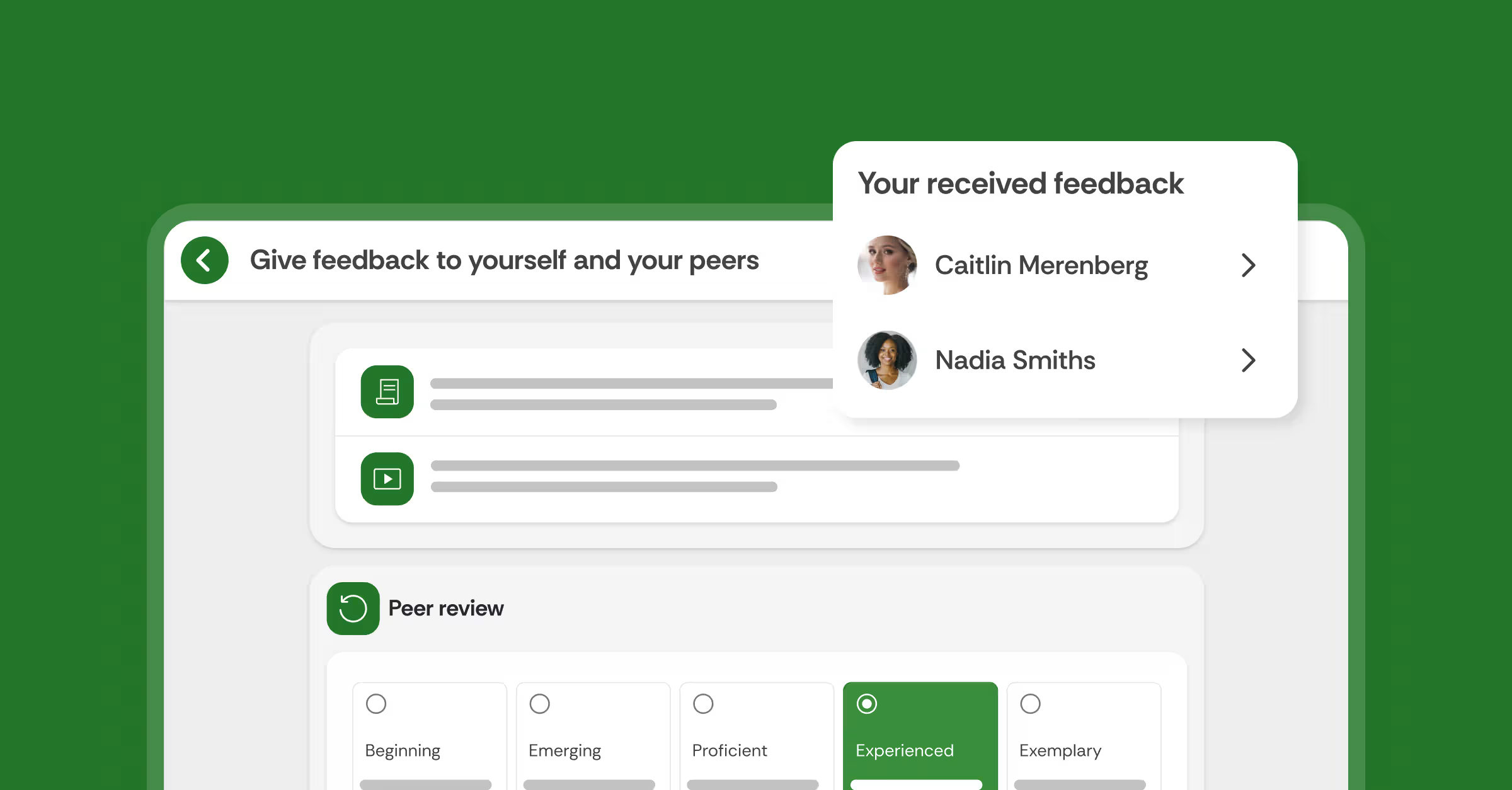How to create interactive videos for your online classroom?

Using videos is a great way for students to engage with the course content. Being able to pause and replay content when needed, makes it possible for students to process the learning material at their own pace. Besides this, there are plenty of possibilities to make a video interactive so students can interact with the course material, with their peers, and with the teacher. The meta-analysis of Bernard et al. (2009) has shown the importance of interaction when teaching online: the study shows that letting students interact in the three ways mentioned above (student-content, student-student, student-teacher) positively affects their learning.
In this article, we will share five ways to use Interactive Video within your online classroom, where students can meaningfully interact with each other, the teacher and the course content.
1 - Flip your classroom: students prepare for class by watching an interactive video
Flipping the classroom is a pedagogical approach where the course material is introduced outside of the classroom so that class time can be used for other types of activities to deepen students’ understanding. As part of this approach, you can require students to watch a video covering one of the course topics. Depending on your subject area, there are plenty of videos to be found online but of course, you can also create your own video - both options are possible within Interactive Video. Adding questions helps students to process the course material by focusing their attention on important parts of the video. You can identify which parts of the content might need more attention during your online class time by looking at the answers given by students.
2 - Students ask their questions about the lecture after class
After a live lecture with your students, share the recording of the online lecture using Interactive Video. This provides the opportunity for students to have another look at the discussed topics. Ask students to comment on the parts of the lecture that they do not understand yet. Students can respond to each other’s comments, sharing their thoughts, and explaining what they know. Knowing which parts of the lecture are still difficult for students to comprehend can help to prepare for your next lecture.
3 - Students watch the lecture asynchronously
When pre-recording your lecture, you can let students go through the lecture at their own pace. Adding question moments to the recording and requiring students to answer the question before they can watch the rest of the lecture, helps to keep students engaged and lets them focus on important parts of the content. This gives students the opportunity to test their understanding and reflect on what they have learned so far. Enabling students to comment on the video, gives them the option to discuss the content with their peers, helping each other to better understand the topics. At the same time, it’s a great way for the teacher to keep track of students’ participation and understanding. You can take this information into account for your next video or directly reply to students’ comments to give them some additional explanation.
4 - Students discuss about the most important topics of the video
Discussions help students to process information. Letting them watch a video, for example a news item or a TED talk, and start a discussion about it in relation to the course content can deepen their understanding. You can add discussion topics to the video to start the conversation yourself, or you can let students start their own discussions. Optionally, you could use this as a preparation before class - students vote on which discussion topics they would like to cover during the online class time. The discussion that happened online can be a good starting point for an in-depth discussion during class.
5 - Create a quiz to test students’ knowledge and understanding
Create an interactive quiz by letting students answer quiz questions about a video. Having a short quiz each week keeps students engaged and helps to keep track of their learning. These quizzes serve as a feedback moment for the students and can help to improve their performance. Quizzes like this can also be used to grade students, making it a part of the assessment.
We hope this blog post has inspired you on how to make your videos more interactive to increase student engagement. Please do not hesitate to contact our support team for more information.
















![[New] Competency-Based Assessment](https://no-cache.hubspot.com/cta/default/3782716/interactive-146849337207.png)










